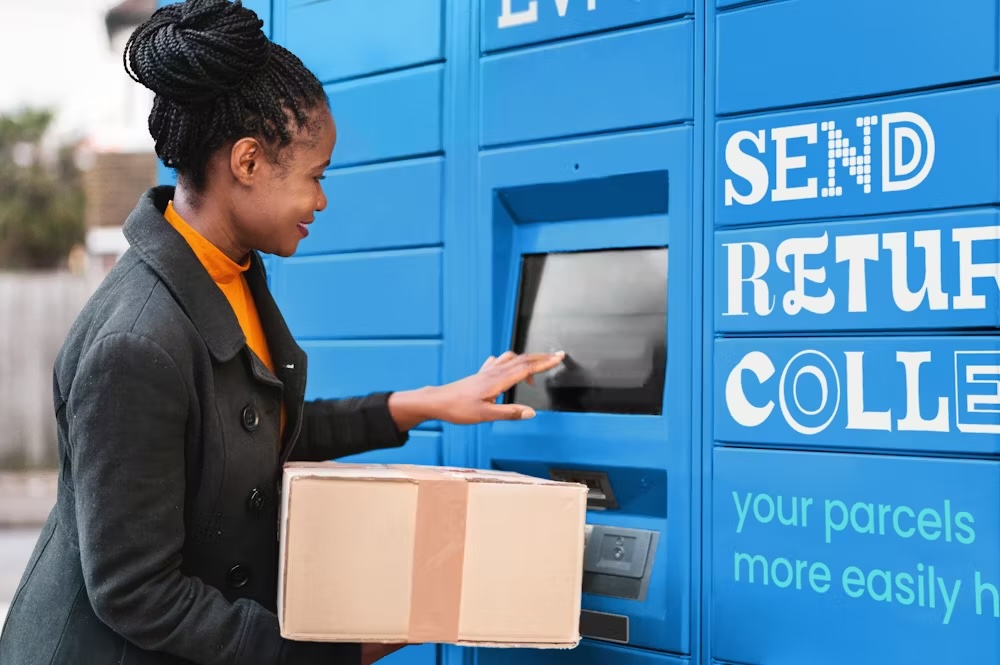More than 30% of shoppers have accessed a retailer website via mobile, with as many as 67% of these doing so in the retailer’s store, while more than a quarter look at competitor websites to compare prices and offerings when in rival stores, the latest figures from ForeSee Results reveal. But most think that the mobile experience lags way behind online – and this is costing sales via mobile and multichannel.
Quizzing nearly 10,000 visitors to the biggest e-retail websites in the UK –as determined by traffic, according to IMRG – ForeSee Results has found that 8% of visitors to UK retailer websites on mobile purchased something, while the vast majority (47%) used mobile to compare prices and to research products. Shoppers also used their phones to compare different products (34%), to look up product specifications (20%), and to view product reviews (15%).
While in physical stores, more than two-thirds of mobile shoppers (67%) used their phones to visit the store’s own website, but one-quarter (26%) used their phones to access a competitor’s website. This proportion is up substantially from 2009, when only 17% of mobile shoppers accessed a competitor’s site from within a store.
Interestingly for all those out there looking to mobilise their website or build an app, the study finds that traditional websites satisfy shoppers more than mobile sites and apps. In general, shoppers rate their satisfaction with retail websites significantly higher (72 on the study’s 100-point scale) than their satisfaction with mobile experiences (apps and sites) (67). A similar score gap is present in the US, although scores for both websites (78) and mobile experiences (75) were higher.
Building on this, good experiences with mobile sites and apps have critical cross-channel impact. Shoppers who are highly satisfied with a mobile experience say they are 32% more likely to buy from that retailer online and 31% more likely to buy offline, as well as being far more likely to return to the main website, recommend it, and be loyal to the brand.
“While mobile phone usage for retail purposes is dramatically increasing, customer satisfaction with mobile experiences is not nearly as high as it is for retail websites, in either the US or the UK,” explains the study’s author, Kevin Ertell. “However, the maturity gap is much bigger in the UK. In the US satisfaction with retail websites (78) outpaces satisfaction with mobile sites and apps (75) by only three points. In the UK, there is a five-point gap. Customer expectations are being set by websites and by the best mobile sites and apps. It is no longer acceptable for a retailer to have a subpar mobile site no matter how good their traditional site is. If shoppers aren’t having a good mobile experience with a given retailer, they will simply go elsewhere.”
According to Ertell, “Whether or not a customer turns to a specific retailer’s site or app will be dependent on availability and ease of use. Since satisfaction with mobile experiences drives critical customer behaviour, the measurement of satisfaction with websites, mobile websites, and mobile apps shoppers is a necessity.”








